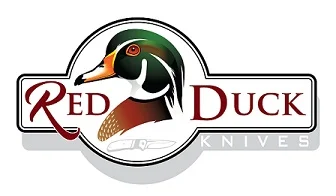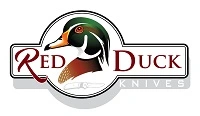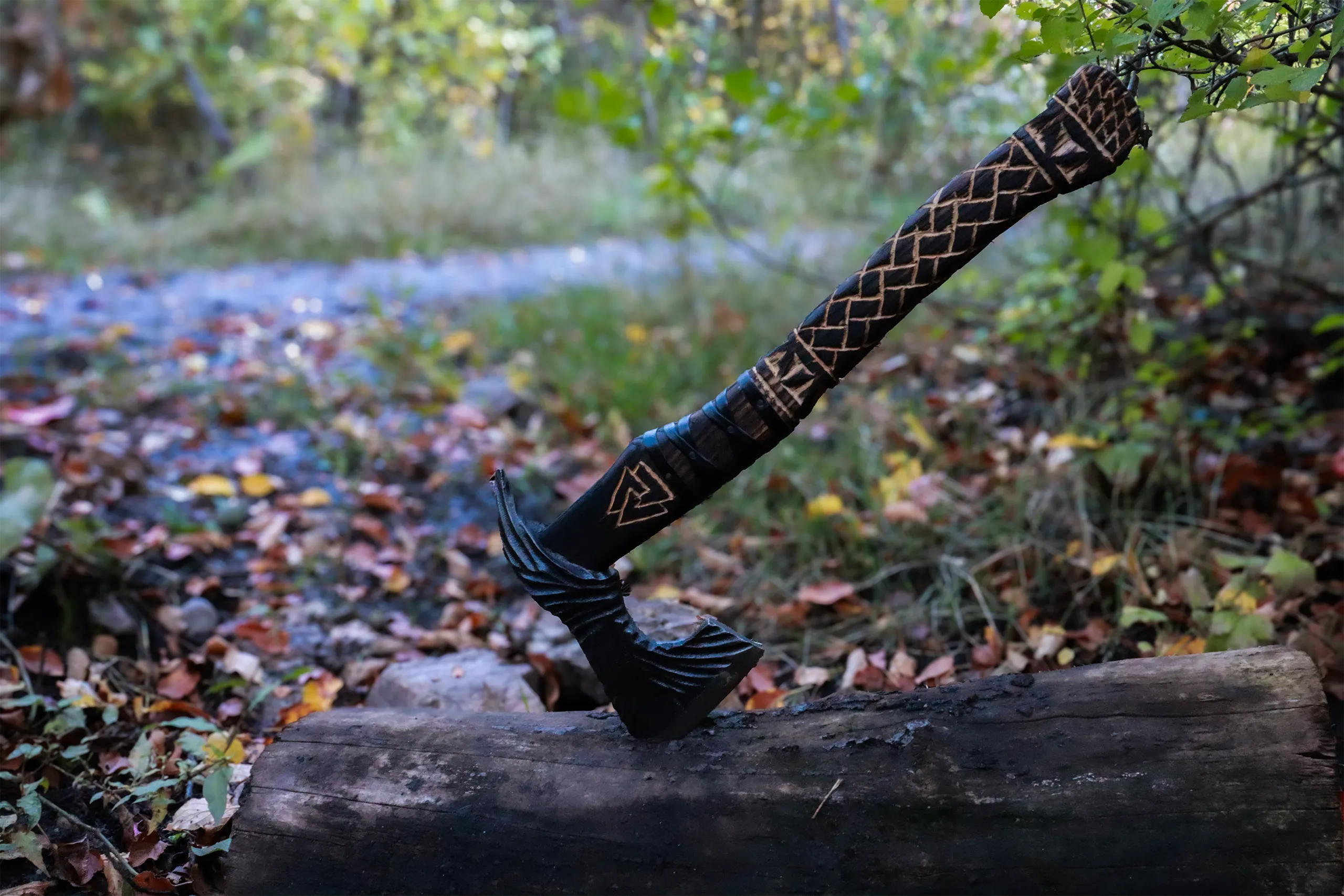Given that two "fine" finishes may not mean the same thing to different people the following chart was designed to assist knife owners in identifying 10 grit levels that will help them achieve their edge-sharpening goals. Realistically speaking 90% of knife owners that want a high-quality “above average” factory edge only needs to use level 5 and level 7 stones. Stones below level 5 are primarily used to repair heavily damaged knife edges by removing lots of metal. Stones above level 7 are used to achieve knife edges that are extremely fine and polished but provide the user with minimal improved sharpening benefits.
|
LEVEL |
DESCRIPTION |
PARTICLE SIZE |
Approximate Grit |
|---|---|---|---|
|
1 |
Extremely Coarse – Provides the fastest metal removal rate. Leaves very visible scratches on the cutting edge. |
100+ Micron |
|
|
2 |
Coarse - Very fast metal removal rate. Leaves visible scratches on the cutting edge. This grit range consists of coarse stones that are commonly available. |
60-100 Micron |
|
|
3 |
Medium Coarse - Fast metal removal rate. Scratches are not as visible. Finest recommended grit for dull tools and knives. |
45-60 Micron |
|
|
4 |
Medium - Good metal removal rate. Light scratching on edge. |
35-45 Micron |
|
|
5 |
Medium Fine – Modest metal removal rate. The edge does not appear scratched but frosted. A good grit range to utilize in the initial stage of sharpening a dull knife edge. |
25-35 Micron |
|
|
6 |
Vary Fine - Modest sharpening rate. Leaves metal edge frosted in appearance. Edge sharpness is equivalent to most “above average” factory edges on knives and tools. |
15-25 Micron |
|
|
7 |
Extra the Fine - Slow sharpening rate. Provides a very sharp edge. The edge shows a polished-looking edge. Achieves “above average” factory edges on most good quality knives. |
8-15 Micron |
|
|
8 |
Extremely Fine – Slow sharpening rate. An extremely sharp edge. Edges reflect light very well. Provides very minimal improved sharpening benefits |
4-8 Micron |
|
|
9 |
Near Mirror Polish - Edge is very near perfect. Leaves the edge polished to the naked eye. Provides very minimal improved sharpening benefits. |
2-4 Micron |
|
|
10 |
Mirror Polish - Sharpest edge possible. Extremely slow sharpening rate. Only provides very minimum additional sharpening benefits. |
0-2 Micron |


